Edition 5 – May 2025
Tech Notes is a newsletter produced by the CATCA Technology Committee for the purpose of providing information to CATCA members regarding technology, current and future, in NAV CANADA.
Air Traffic Control and Dynamic Sectorization:
A Technological Evolution with Challenges
Air traffic control (ATC) is evolving rapidly to meet the demands of increasing air traffic and efficiency. A model that is gaining a lot of support is Dynamic Sectorization, a concept that enhances flexibility in airspace management. However, as with any technological advancement, it presents both opportunities and challenges, particularly concerning air traffic controller officers (ATCO) workload, reliance on technology, and system resilience.
What is Dynamic Sectorization?
Dynamic Sectorization refers to the ability to modify airspace sectors, across specialties and FIR boundaries, in real-time based on factors such as traffic volume, weather conditions, and ATCO workload. Unlike traditional fixed-sector boundaries, Dynamic Sectorization enables air traffic management (ATM) systems to redistribute responsibilities efficiently, allowing for a more adaptable and responsive approach to air traffic control.
This concept relies on advanced automation, artificial intelligence (AI), and data-driven decision-making to allocate airspace dynamically, reducing bottlenecks and optimizing air traffic flow. ATC units can scale sector sizes up or down, merge or split them based on demand, and improve efficiency by ensuring a balanced workload among controllers.
How Does It Work?
Dynamic Sectorization is enabled by:
- Advanced Automation Systems: AI-driven tools analyze real-time traffic data and suggest optimal sector configurations regardless of specialty and FIR boundaries.
- Data Integration: Weather forecasts, flight plans, and aircraft positions are continuously processed to make sector adjustments.
- Controller Workload Monitoring: Algorithms assess workload levels and adjust sector assignments accordingly.
- Seamless Coordination: Interconnected ATC systems enable smooth transitions between sectors, reducing handoff complexities.
By leveraging these technologies, air traffic management becomes more adaptable and efficient, improving overall airspace utilization and reducing delays.
Potential Negative Impacts on Air Traffic Controllers
While Dynamic Sectorization offers significant advantages, its implementation raises several concerns for ATCOs:
- Increased Dependence on Technology
- Dynamic Sectorization relies heavily on AI, automation, and complex algorithms. ATCOs may become overly dependent on these systems, reducing their ability to manually manage unexpected situations.
- System Failures and Vulnerabilities
- A system failure, cyberattack, or technical glitch could cause sectorization errors, leading to confusion, workload imbalances, or even unsafe conditions.
- ATCOs may need additional training to handle scenarios where technology fails, ensuring they can quickly revert to manual operations.
- Cognitive Load and Adaptability Challenges
- Constant changes in sector boundaries could create uncertainty and mental strain for ATCOs, making it harder to develop an intuitive sense of their assigned airspace.
- Adapting to new configurations in real-time requires heightened situational awareness, potentially increasing stress levels.
- Training and Skill Degradation
- Traditional sector management skills may decline as ATCOs rely more on automated tools, making it harder to revert to manual operations when needed.
- New training programs will be necessary to ensure ATCOs can operate effectively in both automated and non-automated environments.
Dynamic Sectorization represents a significant step forward in air traffic management, enhancing efficiency and responsiveness. However, its success depends on a careful balance between technological advancements and human expertise. As ATC continues to modernize, mitigating risks such as system failures, technology over-reliance, and ATCO adaptability will be crucial. Ensuring that ATCOs remain at the heart of decision-making, supported but not replaced by technology, will be essential in maintaining safe and efficient airspace operations.
Comment from CATCA Technology Committee
The company’s airspace modernization plan will incorporate Dynamic Sectorization. While the specific details and timeline for implementation remain unclear at the time of publication, it is anticipated that the concept of removing FIR boundaries in an operational context will be part of the initiative. The idea of CATCA members working randomly defined airspace in any part of the country from any location at any given time is a very real possibility.
Next Newsletter – September 2025
If you have questions or would like more information about ATS technology or CATCA technology roles, please contact any member of the CATCA Technology Committee or email techcommittee@catca.ca
_______________________________________
Technology is a useful servant but a dangerous master. ~ Christian Lous Lange
